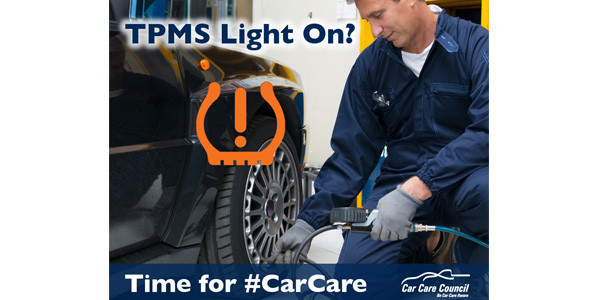
The Car Care Council has released a new video that explains the tire-pressure monitoring system (TPMS) found on newer vehicles and why motorists should not ignore the TPMS warning light when it illuminates.
“The Car Care Council’s new video about the TPMS system explains the meaning of the symbol on your dashboard and its importance to vehicle safety,” said Rich White, executive director of the Car Care Council. “Driving on underinflated tires can damage a vehicle and potentially cause an accident. Low tire pressure also leads to lower gas mileage.”
Produced in conjunction with AutoNetTV Media (ANTV), the new video discusses the importance of monitoring the vehicle’s tire pressure and explains that when the TPMS warning light goes on, tire pressure has fallen by at least 25% of what is recommended for that specific vehicle.
The Car Care Council recommends that tire pressure be checked at least once a month and more often during cold weather months.
To watch the video, click here or view below. The video also is available in the ANTV digital management system for repair shops to share with their customers.












